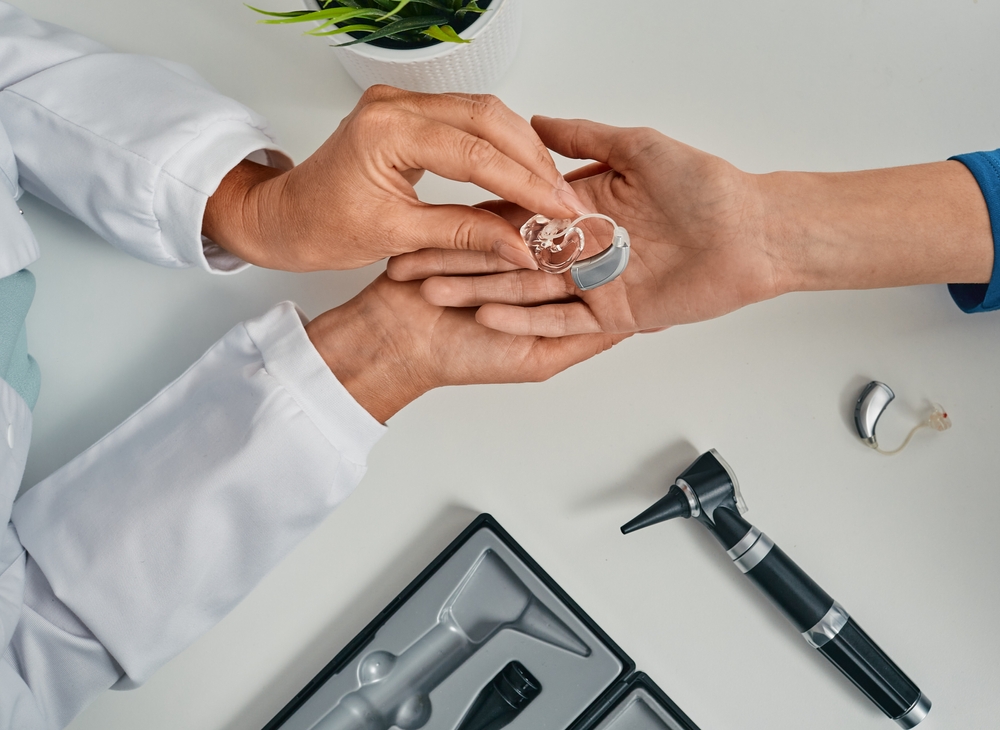
Hearing aids play a vital role in enhancing sound clarity and enhancing daily communication. To keep them performing at their best, routine maintenance and professional cleanings are crucial. As an outcome of prolonged use, an accumulation of earwax, moisture, and other particles can happen, causing functionality to decline. Knowing when it is time to arrange professional maintenance can help extend the longevity of your hearing aids and ensure they continue to operate at their best.
Why it’s important to have your hearing aids professionally cleaned
Even with consistent at-home care, hearing aids gradually collect buildup that might impact sound quality and performance. Professional routine maintenance offers numerous major benefits:
- Extensive Sanitizing– Thoroughly eliminates stubborn earwax, dust, and moisture that regular cleaning techniques often miss.
- Enhanced Performance– Removes obstructions that can cause dampened sound or distortion.
- Prolonged Lifespan– Prevents premature wear and tear, reducing the need for repair work or replacements.
Regular skilled cleanings keep your hearing aids functioning efficiently, minimizing the risk of unexpected malfunctions.
Signs your hearing aids require professional servicing
If you’re not sure whether it’s time for a professional cleaning, watch for these common warning signs:
- Muffled or Distorted Sound: If voices and ambient sounds seem muffled, weak, or distorted, it may be due to wax or debris blocking the microphone or speaker.
- Continuous Feedback or Squealing: A squeaky noise at a high frequency (feedback) could indicate a blockage from earwax or an ill-fitting device. Professional cleaning can assist in clearing obstructions and fine-tuning the fit accurately.
- Issues with Volume Control: If changing the volume doesn’t seem to have the intended effect, internal elements might need maintenance or software recalibration.
- Moisture-Related Breakdowns: Too much moisture can damage internal components, resulting in sporadic sound loss or malfunctioning buttons. A professional repair professional can evaluate and address any moisture-related concerns.
- If you recognize a noticeable increase of wax or dirt on your hearing aids, it is encouraged to have them professionally cleaned for a more extensive elimination compared to cleaning them at home.
- Use precision tools to eliminate wax, dirt, and moisture without damaging fragile parts.
- Examine and repair components to confirm all elements are functioning correctly.
- Examine both software and hardware to identify any performance issues that may be affecting the quality of sound.
- Replace deteriorated filters or tubing that might be limiting device performance.
- Standard maintenance should be carried out every 3 to 6 months.
- Regular cleanings are suggested for individuals who tend to produce a lot of earwax or live in areas with high humidity, as these conditions can exacerbate wax accumulation.
- As soon as issues emerge, dealing with minor issues early can prevent costly repairs.
